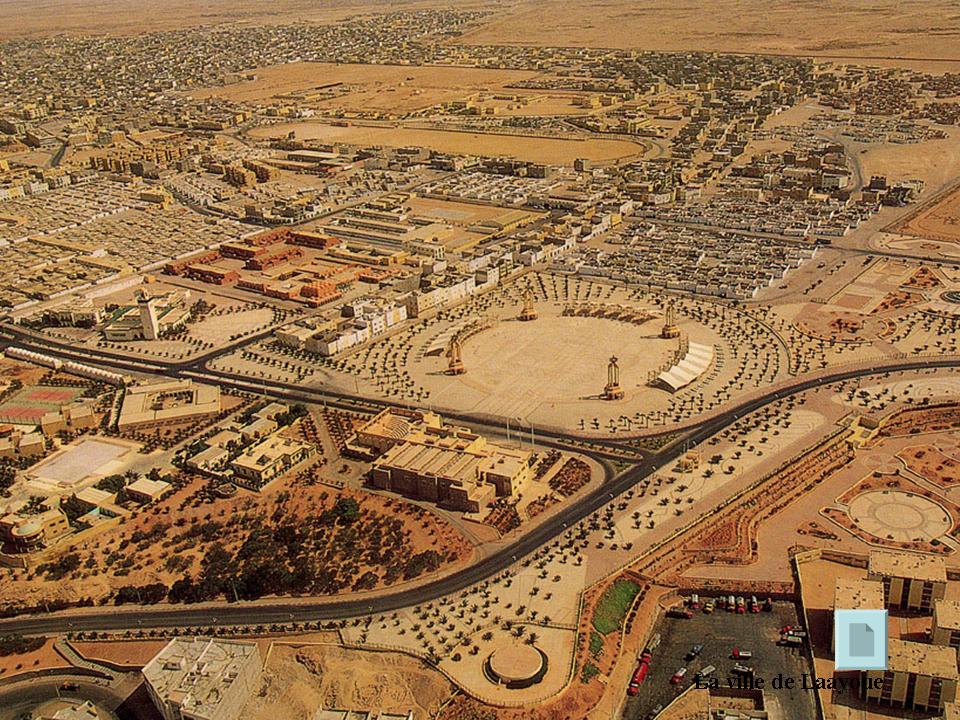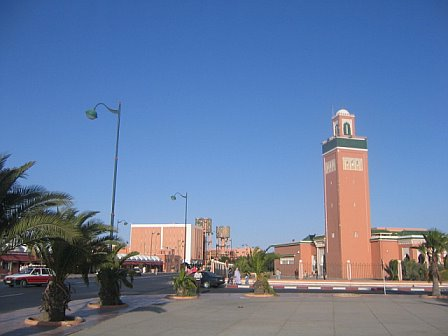Pearl of the Moroccan Sahara Laayoune

The city is organized around a large square of futuristic design that combines all l administrations. The buildings were designed in a modern style respecting the traditional architecture Saharan Africa.
Laayoune was founded on the left bank of Oued Saguia El Hamra in 1937 on the place called El Aaiun Medelchi (freshwater spring) 25km from the Atlantic Ocean.
.jpg)
.jpg)
This city was at its foundation, space military barracks. It was transformed in the late 50s, in the city of colonization and services for military families in Spain.
During the operation SWAB (Franco-Spanish military operation intended to crush the Liberation Army of the Sahara - ALS), much of the Sahrawi nomads is sedentary in the city. This facility, in large numbers of local people, was not accompanied by the development of infrastructure and social services necessary for their integration into modern life.
the late 60s, the city is found divided into two parts: the modern city for the settlers and the native town and lacking everything living on the margins of modernity.
In the early 70s, the Spanish authorities then began a tentative process of social development but it was short-lived since it coincided with the end of the Spanish presence and the return of the city to the motherland .
From 1976 until today, the city is experiencing a development unprecedented metamorphosis and fully transforms the city and its people.
Laayoune today has nothing to do with the town in 1975. It is a modern city bustling with life and economic activities, social and cultural. This is the city we are pleased to present visually in this site.

This city was at its foundation, space military barracks. It was transformed in the late 50s, in the city of colonization and services for military families in Spain.
During the operation SWAB (Franco-Spanish military operation intended to crush the Liberation Army of the Sahara - ALS), much of the Sahrawi nomads is sedentary in the city. This facility, in large numbers of local people, was not accompanied by the development of infrastructure and social services necessary for their integration into modern life.
the late 60s, the city is found divided into two parts: the modern city for the settlers and the native town and lacking everything living on the margins of modernity.
In the early 70s, the Spanish authorities then began a tentative process of social development but it was short-lived since it coincided with the end of the Spanish presence and the return of the city to the motherland .
From 1976 until today, the city is experiencing a development unprecedented metamorphosis and fully transforms the city and its people.
Laayoune today has nothing to do with the town in 1975. It is a modern city bustling with life and economic activities, social and cultural. This is the city we are pleased to present visually in this site.

No comments:
Post a Comment